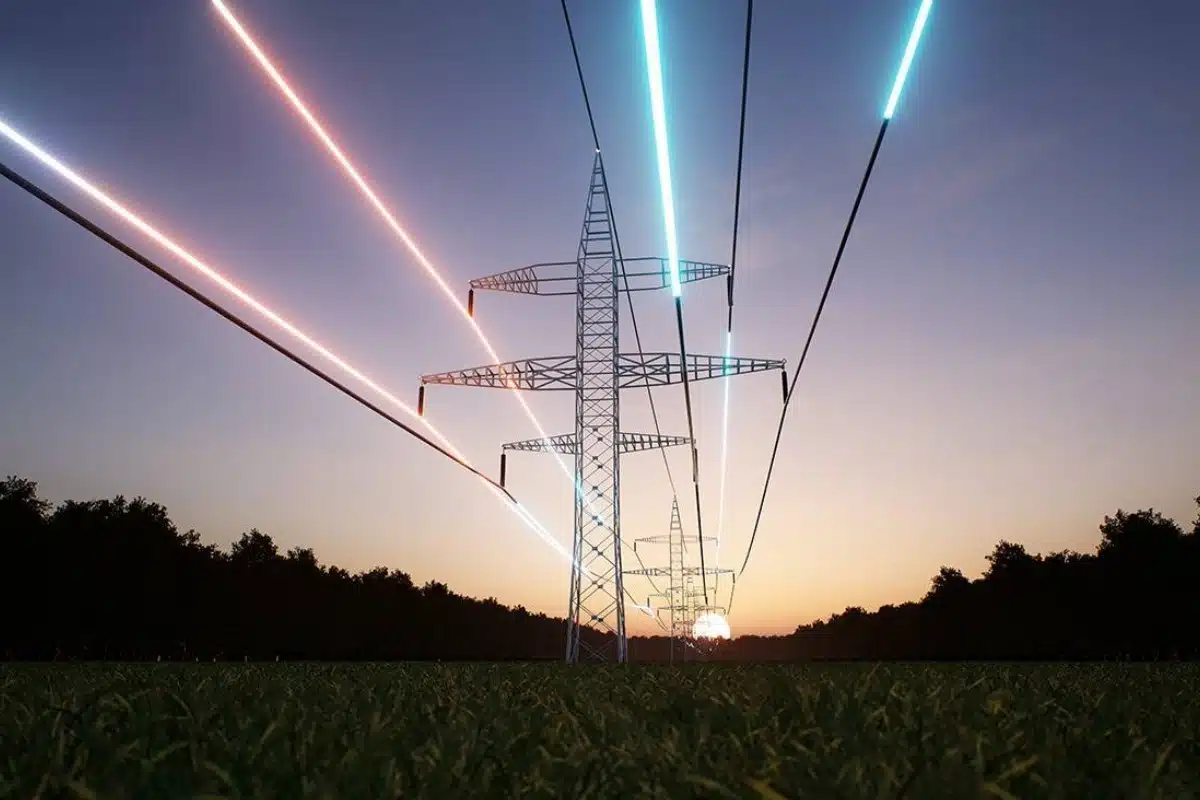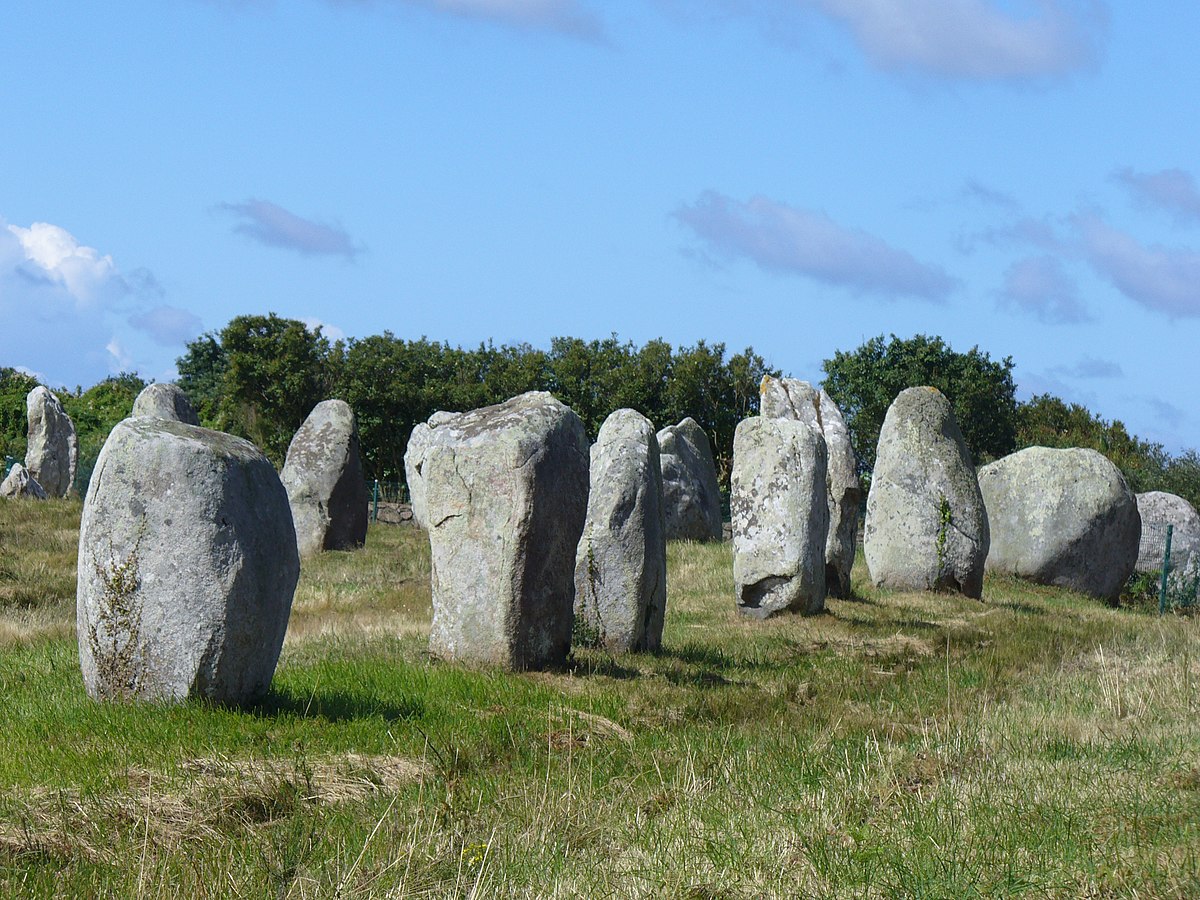Throughout history, ancient civilizations constructed magnificent temples and monuments that continue to baffle modern scientists. These structures reveal sophisticated knowledge of astronomy, mathematics, and perhaps most intriguingly, Earth’s magnetic field.
From the pyramids of Egypt to the stone circles of Europe, researchers have discovered that many sacred sites align with magnetic north, geomagnetic anomalies, and energy patterns invisible to the naked eye. These discoveries challenge our understanding of ancient capabilities and suggest our ancestors possessed knowledge we are only beginning to rediscover today.
🧭 The Invisible Force That Shaped Sacred Architecture
Earth’s magnetic field has existed for billions of years, creating an invisible shield that protects our planet from solar radiation. Ancient peoples, despite lacking modern instruments, appeared remarkably attuned to this natural phenomenon. Archaeological evidence suggests that temple builders across different continents independently oriented their structures according to magnetic principles.
The geomagnetic field varies in intensity across different regions, creating zones of stronger and weaker magnetism. Fascinatingly, many ancient temples cluster in areas with notable magnetic anomalies. Whether this placement was intentional or coincidental remains one of archaeology’s most compelling questions.
Modern magnetometers have revealed that temple sites often feature unusual magnetic signatures. These readings differ significantly from surrounding areas, suggesting either deliberate site selection or that the structures themselves interact with Earth’s magnetic properties in unexpected ways.
Ancient Temples Aligned with Magnetic North
Researchers examining temple alignments worldwide have documented striking patterns. Unlike true north, which points to the geographic pole, magnetic north shifts over time due to changes in Earth’s molten core. Despite this complexity, numerous ancient structures track magnetic orientations with remarkable precision.
Egyptian Temples and Geomagnetic Precision
The temples of ancient Egypt demonstrate extraordinary alignment accuracy. The Temple of Karnak, dedicated to Amun-Ra, shows orientations that correspond to magnetic alignments from its construction period. Similarly, the Great Pyramid of Giza aligns with cardinal directions to within a fraction of a degree—an achievement that becomes more impressive considering Earth’s magnetic variations over millennia.
Egyptologists have long debated how builders achieved such precision without modern technology. Some researchers propose that ancient priests used tools sensitive to magnetic fields, possibly made from magnetite or lodestone, naturally magnetic minerals known to ancient civilizations.
Stonehenge and European Megalithic Sites
The famous stone circle of Stonehenge in England has captivated researchers for centuries. Beyond its astronomical alignments with solstices, the site exhibits interesting magnetic properties. Measurements show that certain stones contain higher concentrations of magnetic minerals than others, creating a subtle pattern around the circle.
Other megalithic sites across Britain, France, and Ireland display similar characteristics. The standing stones at Carnac in Brittany, numbering in the thousands, follow alignments that some researchers correlate with ancient magnetic field orientations. These massive undertakings required tremendous effort, suggesting the alignments held profound significance for their builders.
⚡ Magnetite and Sacred Stone Selection
Many ancient temples incorporated stones rich in magnetite, a naturally magnetic iron oxide. This mineral choice appears deliberate across diverse cultures separated by vast distances and time periods. The magnetic properties of these stones may have influenced both spiritual practices and structural design.
Analysis of temple foundations reveals that builders often selected magnetite-rich stones for specific locations within structures. In some cases, these magnetic stones mark important ceremonial positions or align with astronomical events. The pattern suggests ancient architects understood and valued magnetic properties when designing sacred spaces.
The Oracle Stones of Ancient Greece
The Oracle of Delphi, perhaps ancient Greece’s most famous religious site, sits on a geological fault line with strong magnetic anomalies. The temple’s foundation stones contain significant magnetite concentrations. Some researchers theorize these magnetic properties contributed to the oracle’s mystical experiences, possibly affecting consciousness through interaction with human biomagnetism.
Similar patterns emerge at other oracle sites throughout the ancient world. These locations typically feature unusual geology, magnetic anomalies, and often underground water sources—creating complex electromagnetic environments that ancient peoples considered sacred.
Temples of Asia: Feng Shui and Geomagnetic Awareness
Eastern traditions explicitly acknowledge Earth’s energy patterns in their architectural practices. The ancient Chinese art of feng shui, dating back thousands of years, incorporates magnetic orientation as a fundamental principle. Temples, palaces, and important structures throughout China align according to geomantic principles that mirror magnetic field awareness.
The Compass Connection
China invented the magnetic compass during the Han Dynasty, initially for geomantic purposes rather than navigation. Early compasses, called “south-pointing fish” or “south-pointing ladles,” helped feng shui practitioners determine auspicious orientations for buildings and tombs. This technology predates Western compass use by centuries, demonstrating sophisticated understanding of magnetism.
Buddhist and Taoist temples throughout Asia reflect this geomagnetic consciousness. The Forbidden City in Beijing, though not strictly a temple, exemplifies magnetic alignment principles. Its precise north-south axis and systematic organization reflect deep understanding of magnetic orientation and its perceived spiritual significance.
Hindu Temples and Vastu Shastra
Indian temple architecture follows Vastu Shastra, an ancient architectural science similar to feng shui. These principles prescribe specific alignments and proportions based on cardinal directions and energy flow. Many historic Hindu temples align with magnetic directions, incorporating geometric patterns believed to harmonize with Earth’s natural energies.
The temples of Angkor Wat in Cambodia represent this tradition’s pinnacle. The massive complex aligns precisely with cardinal directions and incorporates sophisticated astronomical and potentially magnetic alignments. The scale and precision of Angkor’s construction demonstrate how seriously ancient civilizations took these energetic principles.
🔬 Scientific Investigation of Magnetic Temple Phenomena
Modern researchers employ various technologies to investigate magnetic mysteries at ancient sites. Magnetometry surveys map subsurface magnetic anomalies, revealing hidden structures and understanding site geology. These investigations sometimes uncover surprising patterns that challenge conventional archaeological interpretations.
Studies have documented measurable differences in magnetic field intensity within temple structures compared to surrounding areas. Some researchers propose these variations could influence human physiology, potentially affecting consciousness, meditation, and spiritual experiences reported at sacred sites throughout history.
Biomagnetism and Human Sensitivity
Recent research suggests humans may possess subtle magnetic sensitivity, though less developed than in migrating birds or sea turtles. Studies indicate that magnetic fields can influence brain activity, circadian rhythms, and potentially consciousness. This biological magnetoreception might explain why ancient peoples considered certain magnetically unusual locations sacred.
Laboratory experiments have shown that exposure to specific magnetic field patterns affects human neurological function. While research continues, these findings lend credibility to theories that ancient temple builders deliberately chose sites with magnetic properties beneficial for spiritual practices or altered states of consciousness.
Debunking Myths and Examining Evidence
Not all claims about ancient magnetic knowledge withstand scrutiny. Some theories veer into pseudoscience, attributing capabilities to ancient peoples without supporting evidence. Critical examination distinguishes legitimate discoveries from speculative interpretations that confuse correlation with causation.
Skeptics note that with thousands of ancient structures worldwide, some alignments with magnetic features occur by statistical chance. The challenge for researchers involves demonstrating patterns significant beyond random probability. Rigorous methodology requires comparing alignment precision against what random chance would produce.
The Magnetic Pole Shift Problem
Earth’s magnetic poles wander over time, a phenomenon called geomagnetic secular variation. The north magnetic pole currently moves approximately 50 kilometers annually. Over centuries and millennia, these shifts complicate interpretations of ancient magnetic alignments. Researchers must calculate historical magnetic field positions to determine whether observed alignments were intentional.
Paleomagnetic studies examining ancient fired materials help reconstruct historical magnetic field orientations. This research reveals that some temple alignments that appear random today matched magnetic north when constructed, supporting theories of deliberate magnetic orientation.
🌍 Global Patterns and Cultural Exchange Questions
The worldwide distribution of magnetically aligned temples raises intriguing questions about cultural exchange and independent discovery. Did ancient civilizations share knowledge across vast distances, or did different cultures independently recognize Earth’s magnetic properties and their significance?
Archaeological evidence generally supports independent discovery rather than global diffusion. Different cultures developed unique expressions of magnetic awareness appropriate to their cosmologies and technologies. However, the underlying recognition of Earth’s invisible forces appears nearly universal among civilizations that built monumental architecture.
Magnetic Ley Lines Theory
Some researchers propose that ancient sites connect along alignments called ley lines, forming a global network. While the original ley line theory involved simple geographic alignments, modern variations incorporate magnetic anomalies and energy patterns. Mainstream archaeology remains skeptical, noting that connecting arbitrary points creates apparent patterns without genuine significance.
Despite skepticism, localized alignments of sacred sites do exist. Whether these reflect magnetic awareness, astronomical observation, geographical features, or cultural expansion patterns remains debated. The most cautious approach acknowledges pattern existence while avoiding overly speculative interpretations about their meaning.
Modern Applications of Ancient Magnetic Knowledge
Contemporary architects and alternative health practitioners increasingly explore principles similar to ancient magnetic site selection. Buildings designed according to feng shui or Vastu Shastra principles consider magnetic orientation, though often incorporating modern understanding of geology and environmental factors.
Some researchers investigate whether magnetically unusual locations offer measurable benefits for meditation, healing, or consciousness exploration. While definitive proof remains elusive, anecdotal reports and preliminary studies suggest that environmental magnetism may subtly influence human wellbeing and awareness.
Archaeological Tourism and Sacred Site Preservation
Growing interest in ancient magnetic mysteries drives tourism to historic temple sites worldwide. This attention brings economic benefits but also threatens fragile archaeological resources through increased foot traffic and development pressure. Sustainable tourism models attempt balancing public access with preservation needs.
Educational programs at major sites now incorporate information about magnetic alignments and ancient astronomical knowledge. These interpretations help visitors appreciate the sophisticated understanding ancient builders possessed, moving beyond stereotypes of primitive peoples lacking scientific knowledge.
🔮 Unanswered Questions and Future Research Directions
Despite decades of investigation, fundamental questions about ancient magnetic knowledge remain unanswered. How did ancient peoples detect and measure magnetic fields without modern instruments? What specific technologies or techniques enabled the precision observed in temple alignments? Did magnetic sensitivity play a role in site selection for reasons beyond our current understanding?
Future research employing advanced magnetometry, paleomagnetic reconstruction, and interdisciplinary approaches may provide answers. Collaboration between archaeologists, geophysicists, historians, and consciousness researchers offers the best hope for unraveling these ancient mysteries while maintaining scientific rigor.
The Living Legacy of Magnetic Temples
Ancient temples aligned with Earth’s magnetic field represent more than architectural curiosities. They embody humanity’s enduring attempt to harmonize built environments with natural forces, creating spaces conducive to spiritual experience and communal gathering. This impulse continues in modern architecture, though expressed through contemporary understanding and technology.
Whether ancient builders consciously understood magnetism in scientific terms or perceived it through different conceptual frameworks, their achievements command respect. The precision and persistence of magnetic alignments across cultures suggest these orientations held profound meaning, reflecting worldviews that integrated human activity with cosmic and planetary forces.
As we develop more sophisticated tools for investigating ancient sites, we likely will uncover additional evidence of our ancestors’ remarkable capabilities. Each discovery challenges assumptions about technological progress and reminds us that different forms of knowledge existed before our modern scientific framework emerged. The magnetic mysteries of ancient temples invite us to remain humble about what we know and curious about what remains to be learned.
These sacred structures continue influencing how we understand human history, consciousness, and our relationship with Earth’s natural systems. By studying them with both scientific rigor and openness to possibilities beyond current paradigms, we honor the builders’ legacy while advancing knowledge for future generations. The conversation between ancient wisdom and modern science continues, enriching both perspectives through ongoing dialogue and discovery.
Toni Santos is a visual researcher and educational designer specializing in tactile learning tools, exploring how hands-on, sensory experiences can illuminate ancient construction techniques, lost technologies of early civilizations, sacred geometries and earth alignments, and mysterious energy sources. Through embossed maps, textured models, and handcrafted manipulatives, Toni investigates how physical interaction deepens understanding, memory, and creativity, while uncovering the subtle ways these tools convey knowledge across cultures and ages. Blending design theory, educational psychology, and archival research, Toni curates case studies, visual explorations, and instructional resources that celebrate the craft, innovation, and cognitive power of touch-based learning, inviting educators, designers, and curious minds to engage with the hidden patterns and energies that have shaped human history.




